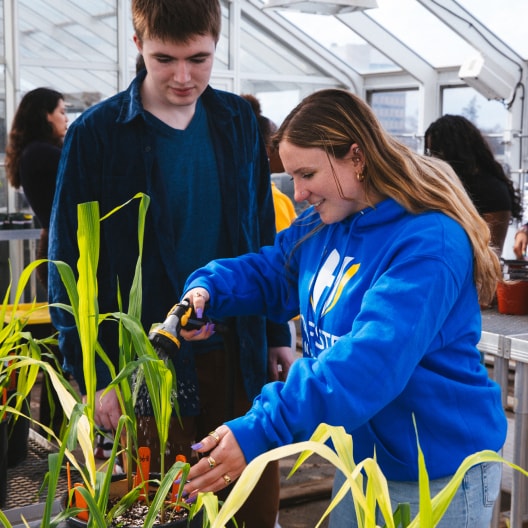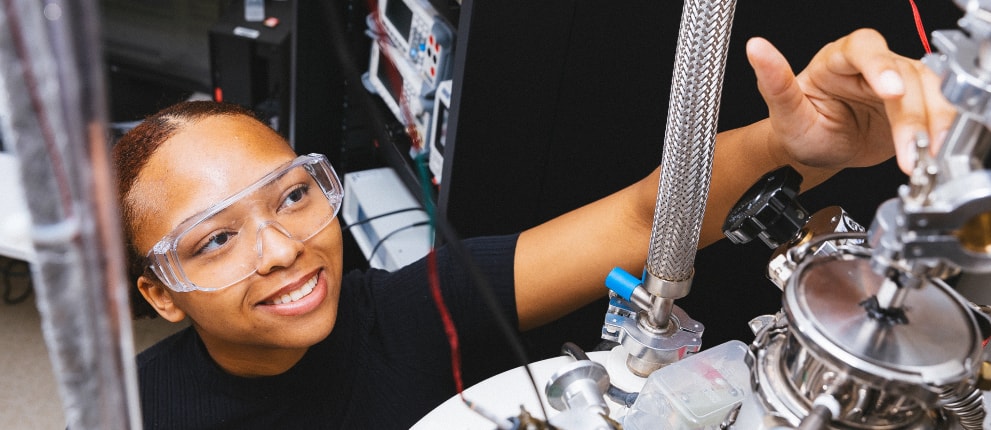HOFSTRA COLLEGE OF LIBERAL ARTS AND SCIENCES
From Classroom to Lab to Industry Impact
Students in the School of Natural Sciences and Mathematics collaborate with faculty to explore and advance knowledge in astronomy, biology, chemistry, environmental studies, geology, mathematics, physics, psychology, and sustainability—preparing for impactful careers through hands-on research, critical thinking, and scientific discovery.
Departments

Science That Shapes Futures
The School of Natural Sciences and Mathematics offers a wide range of majors, minors, and interdisciplinary programs that prepare students for careers in science, health, and technology. Students can also pursue the Premedical Postbaccalaureate Certificate Program to strengthen their foundation for medical or professional school.
View Programs Integrated Achievement and Mentoring ProgramThe Latest
Contact Us
Office Information
HCLAS Dean’s Office
Heger Hall
Second Floor
516-463-5410

From research projects to internships, Hofstra provides the tools you need to succeed in the sciences and mathematics. Start your journey toward making an impact in a rapidly evolving field today.







